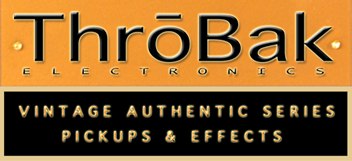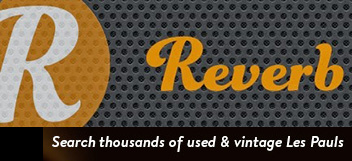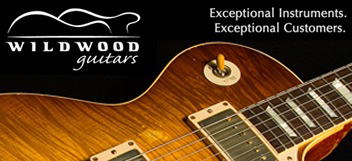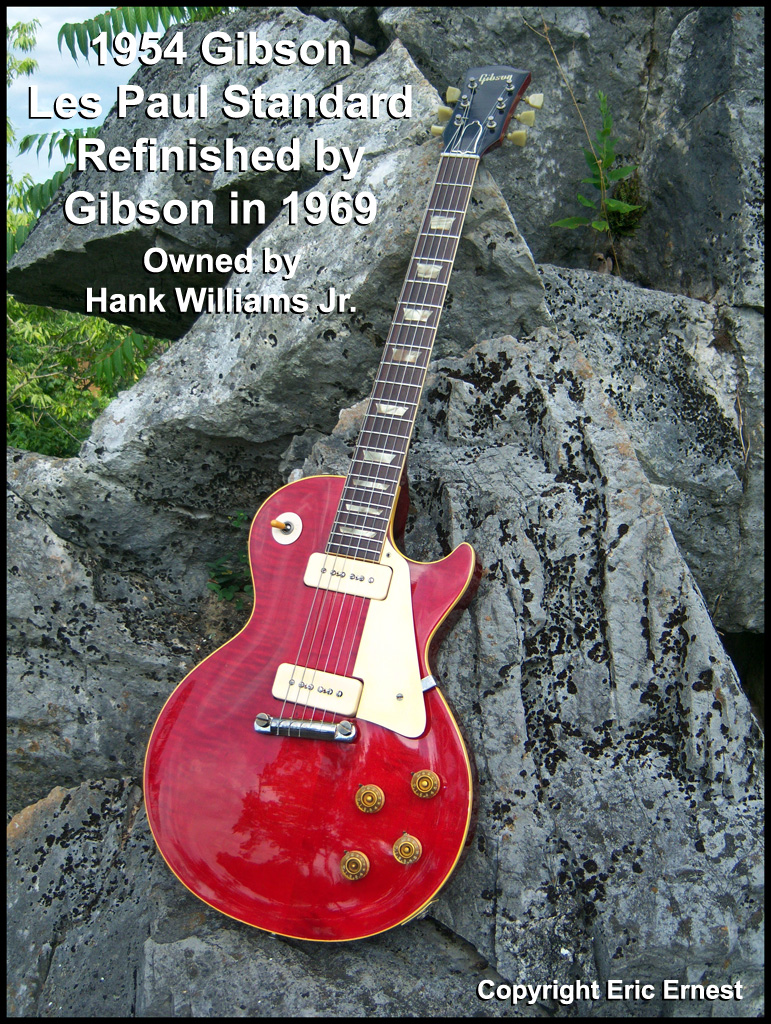Shantrick
New member
- Joined
- Jan 27, 2008
- Messages
- 478
Heres a great article on George Harrisons "Lucy"
I thought some of you fellas may enjoy it!
http://www.gibson.com/en-us/Lifestyle/Features/legendary-guitar-lucy-507/
I thought some of you fellas may enjoy it!
http://www.gibson.com/en-us/Lifestyle/Features/legendary-guitar-lucy-507/









